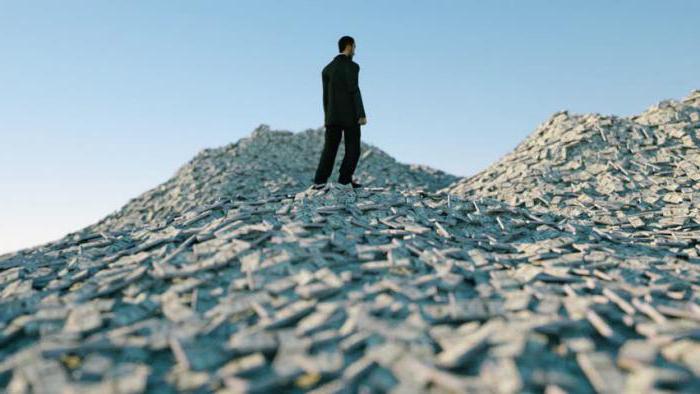In the days of primitive people, the concept of "money", as we all know, did not exist. Even the very definition of “personal property” was very vague. Several skins, a stick burnt at the stake, a stone ax. The main values of prehistoric man - food, fire and shelter - were communal.
Where did it all come from
With the evolution of man, his ability to influence the world around us also changed. He created more and more material values: clothes and shoes, hunting and fishing equipment, dishes and much more. With the appearance of a clear border “mine - not mine”, apparently, exchange trade also appeared. You to me - I to you. The value of things was conditional and relative, and depended on many related factors. Fresh meat was valued more than laden, but dried even more, because its shelf life was much longer than that of fresh. The more objects appeared, the more often there was a need for a certain reference point, the measure of the value of a particular thing.
Natural money
Of course, our distant ancestors did not immediately reach banknotes with five degrees of protection. The first “money” was some items that could be directly used in everyday life. For example, salt was an extremely widespread "currency" in many regions - a product that is certainly healthy. This also includes cocoa, coffee, tea tiles ... Rice was used as money in the Celestial Empire, and dried fish in Iceland. But in some countries the concept of "money" extended to beautiful shells or just stones with a hole in the middle.
Metal was a transitional link between natural money and monetary systems. Copper and iron - the first metals that mankind has mastered, were widely used in everyday life, and were a value in themselves. It was possible to forge an ax, a plow or a sword from a bar of iron obtained for a pile of animal skins.
But as the extraction of these metals increased, their value began to decrease, and it took something that had a higher cost with less weight and size. The universal measure was two metals - silver and gold. Despite the fact that iron and bronze were more practical, people were fascinated by the beauty and durability of precious metals. The second reason for their widespread use was simultaneously their ubiquity and "rare earth". After all, it is well known that the more a thing is difficult to access, the more it is valued. With the acquisition of their “rightful places” by gold and silver, the concept and functions of money were finally formed.
Money systems
As commodity exchange became more complex and the state structures that regulated it appeared, there was a need for a uniform system, the basis of which was, in fact, the monetary units themselves - coins. Most often, these were metal discs made of gold, silver and copper, although sometimes money from precious, semiprecious and ordinary stones was also found.
The very first coins were, in fact, just a metal plate with a “seal”, which certified that it contained a certain amount of gold, silver or copper (iron and other metals were used, but much less often). In the future, coins began to improve, acquired face value and turned into a monetary system. Actually, the concept of “money” is associated with organization of financial and monetary systems rather than with specific banknotes.
With the complication of commodity-money settlements, coins more and more differentiated - in one system there could be more than a dozen different denominations. Weight, dimensions, metal content in each of them was regulated. As we can see, the concept and types of money are constantly complicated and improved.
Cash and not much money
We mean that cashless payments are the brainchild of our computer age, when most financial transactions occur without the physical movement of money. In fact, the first banks, and, accordingly, bank receipts, appeared back in Ancient Babylon, therefore, the concept of cash and cashless payments are almost as ancient as the money itself.
Paper money
The next milestone in the history of money and the development of monetary systems was the appearance of banknotes. They appeared in China, in the 10th century, but were not widely spread in the world, since paper was at that time too expensive and complicated to manufacture. Paper notes began their triumphal march around the world in the 15th century, with the invention of the printing press by Guttenberg. Since then, paper money began to quickly supersede metal coins - they were cheaper, more practical and easier.

Initially, the value of each paper bill was clearly fixed in a precious metal - for each banknote it was possible to get a certain amount of gold or silver. In the future, as inflation increased and, most importantly, the emergence of the banking system with its concept of credit, the "cost" of paper notes all declined until it was completely untied from precious metals. The concept of "money" from something tangible and tangible has become almost an abstraction, a kind of mathematical function.
Today, the main measure of value is the so-called reserve currency - the generally recognized, most used in international payments. The first such currency was the British pound, and after 1944 - the American dollar.